Pigeon Peas
The pigeon pea is a perennial legume from the family Fabaceae. Its cultivation can be tracked back more than 3,500 years. Also known as Adaseya or Lubiya in Sudan. The crop can maintain growth with poor soils and little water.
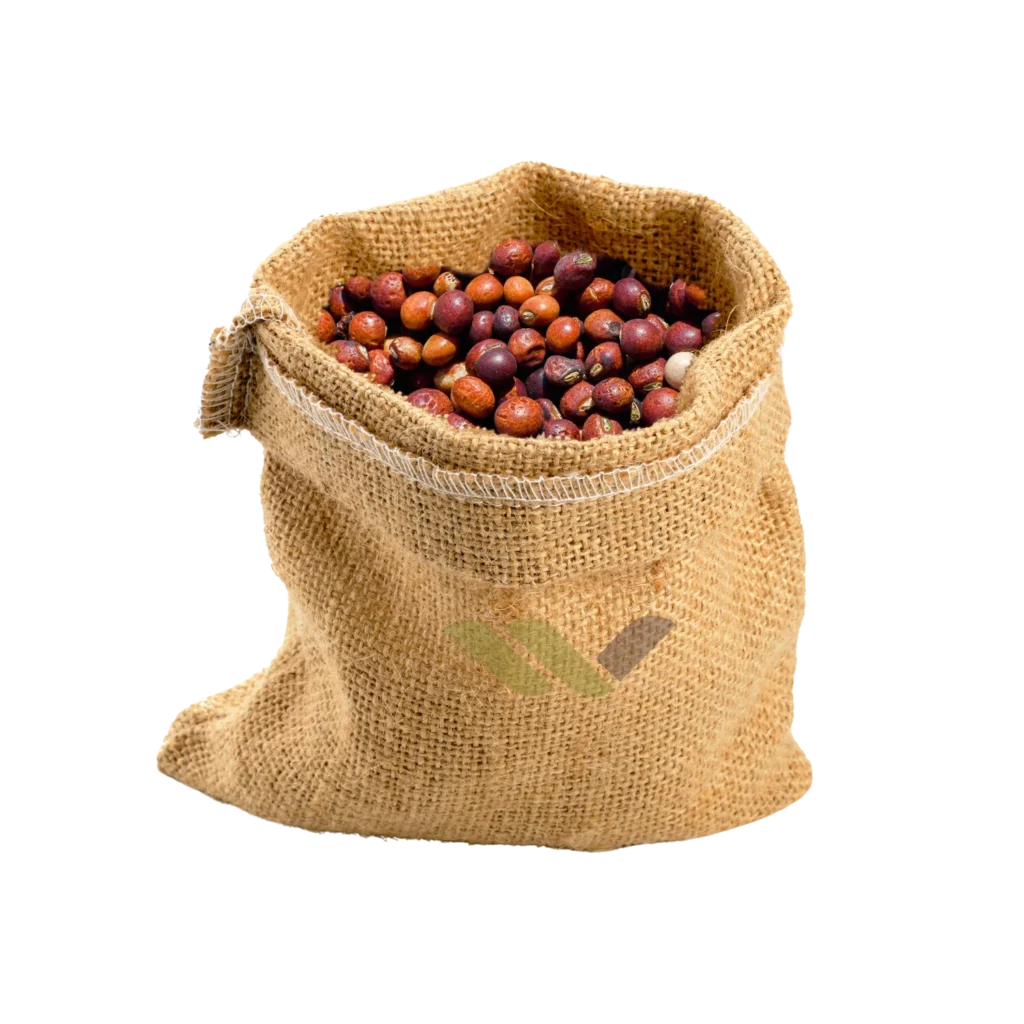
Pigeon Peas
The pigeon pea is a perennial legume from the family Fabaceae. Its cultivation can be tracked back more than 3,500 years. Also known as Adaseya or Lubiya in Sudan. The crop can maintain growth with poor soils and little water.

Where
They Come From
Pigeon peas, scientifically known as Cajanus cajan, are a type of legume that is widely grown in tropical and subtropical regions around the world. They are also known by other names like “toor dal” in India.
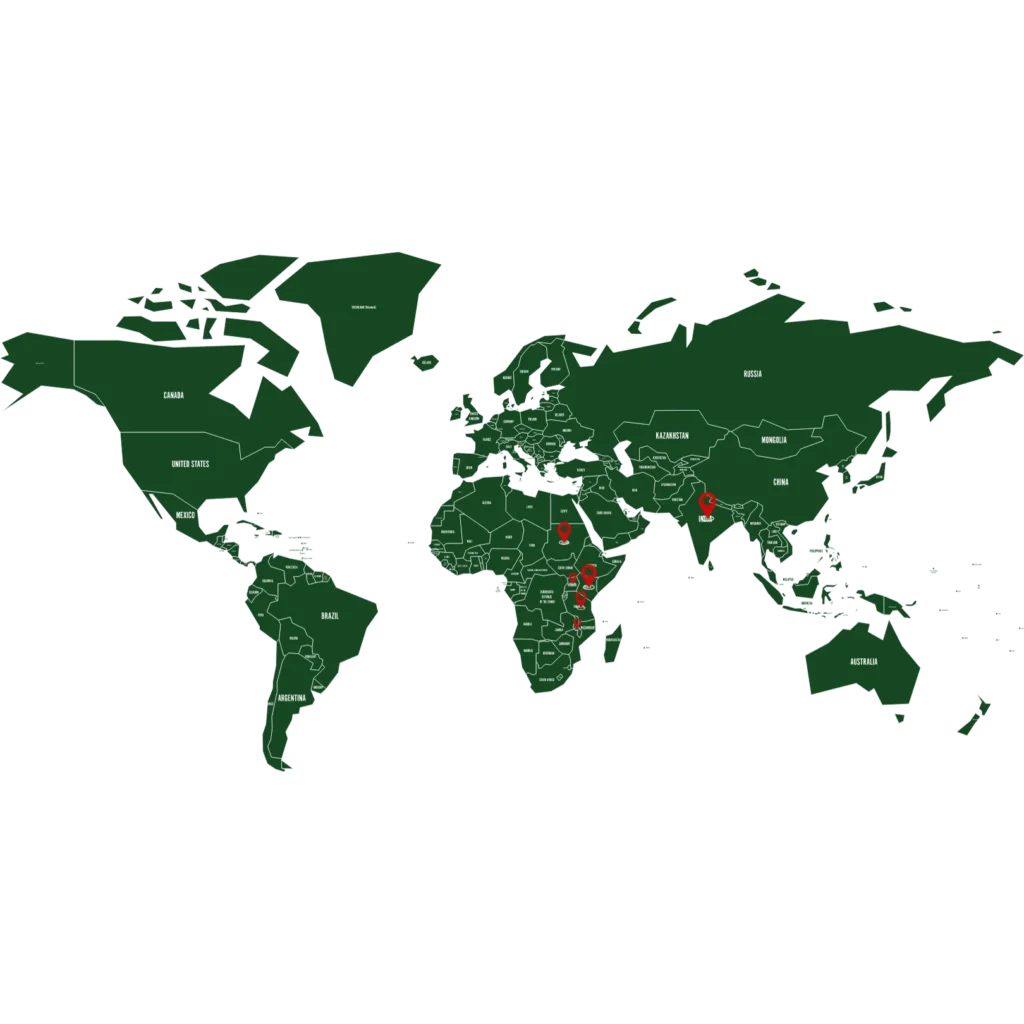
Benefits
of Pigeon peas
Pigeon peas are a rich source of protein, dietary fiber, vitamins, and minerals. They are especially high in folate, potassium, and magnesium. Including pigeon peas in your diet can contribute to a balanced and nutritious meal.

protein
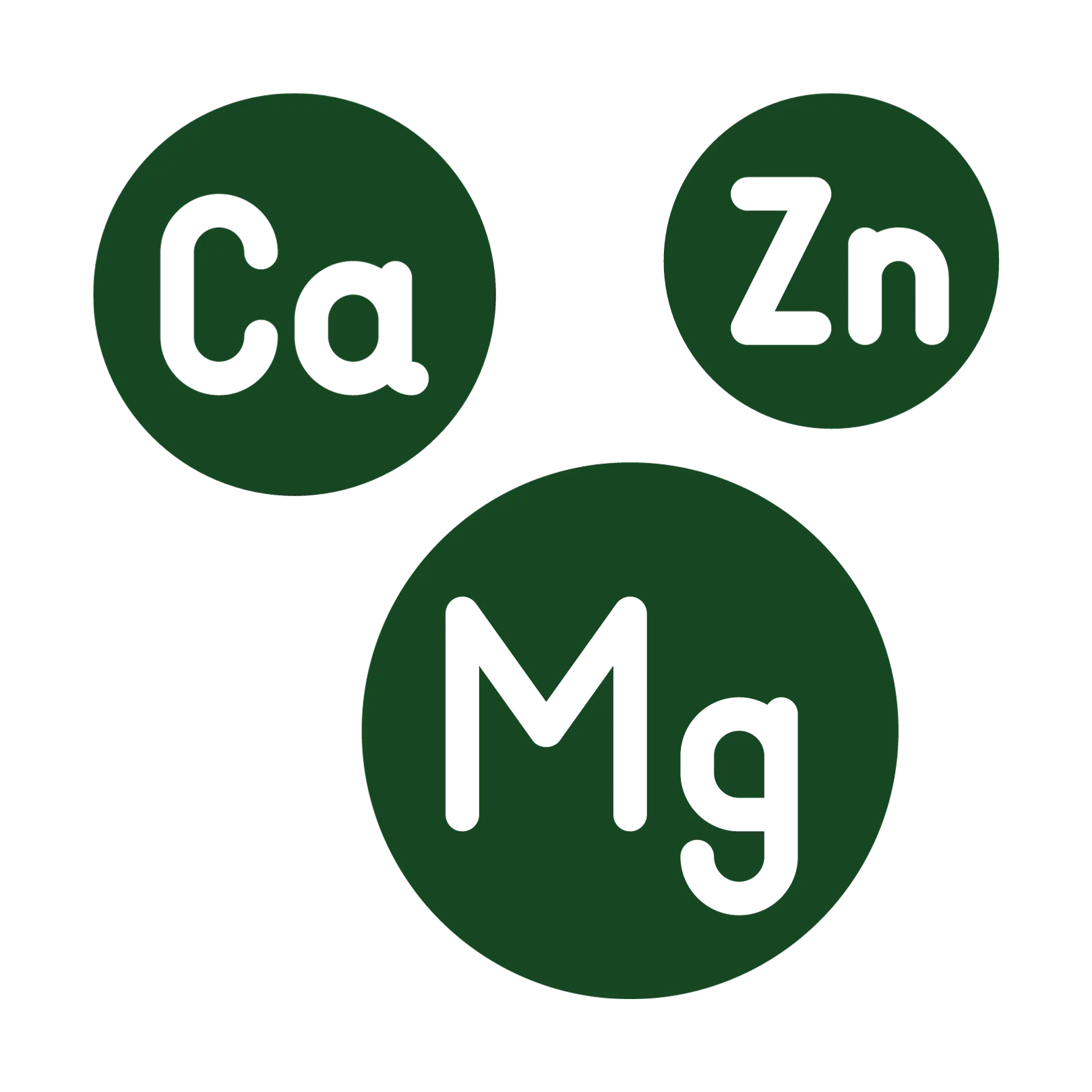
minerals

vitamins
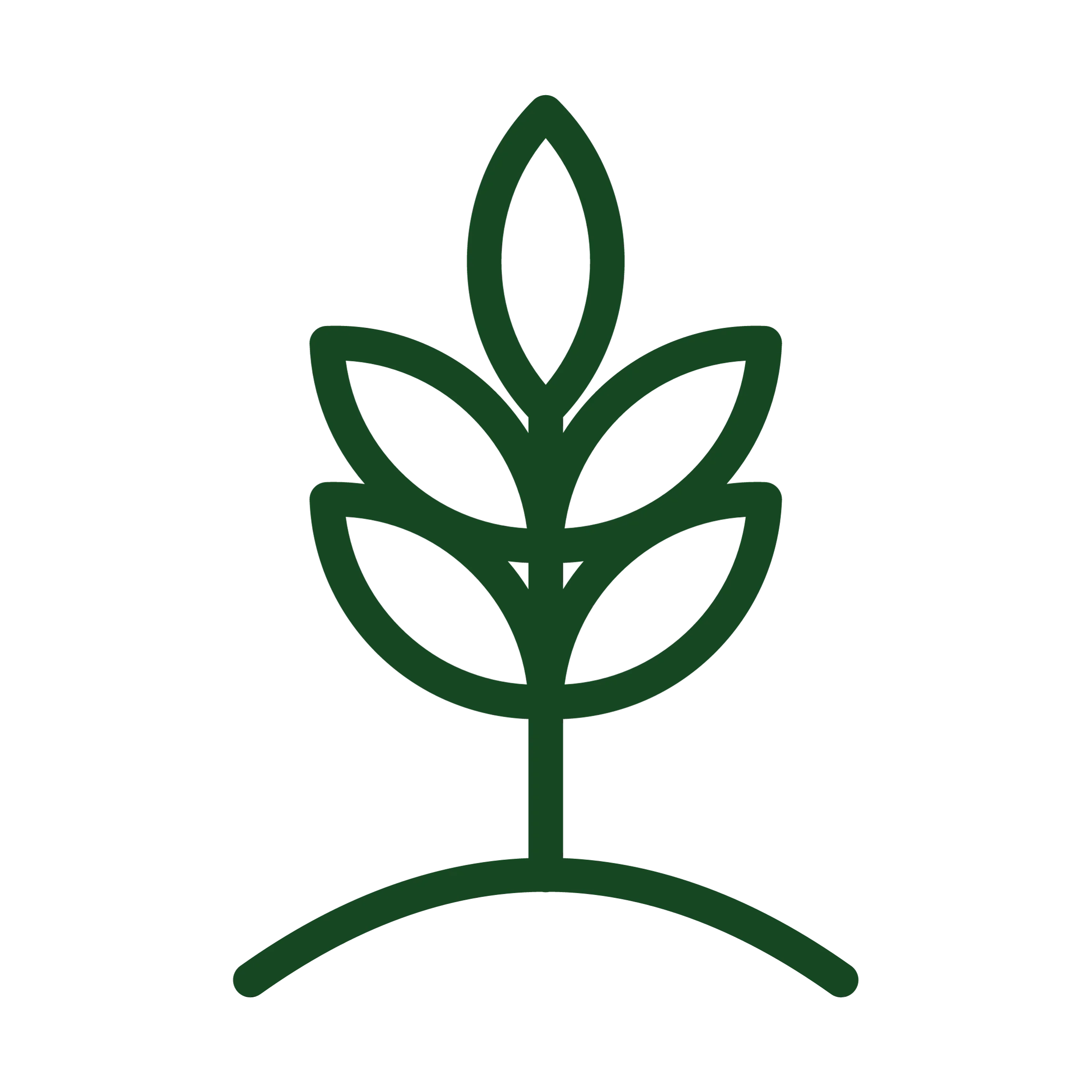
fiber
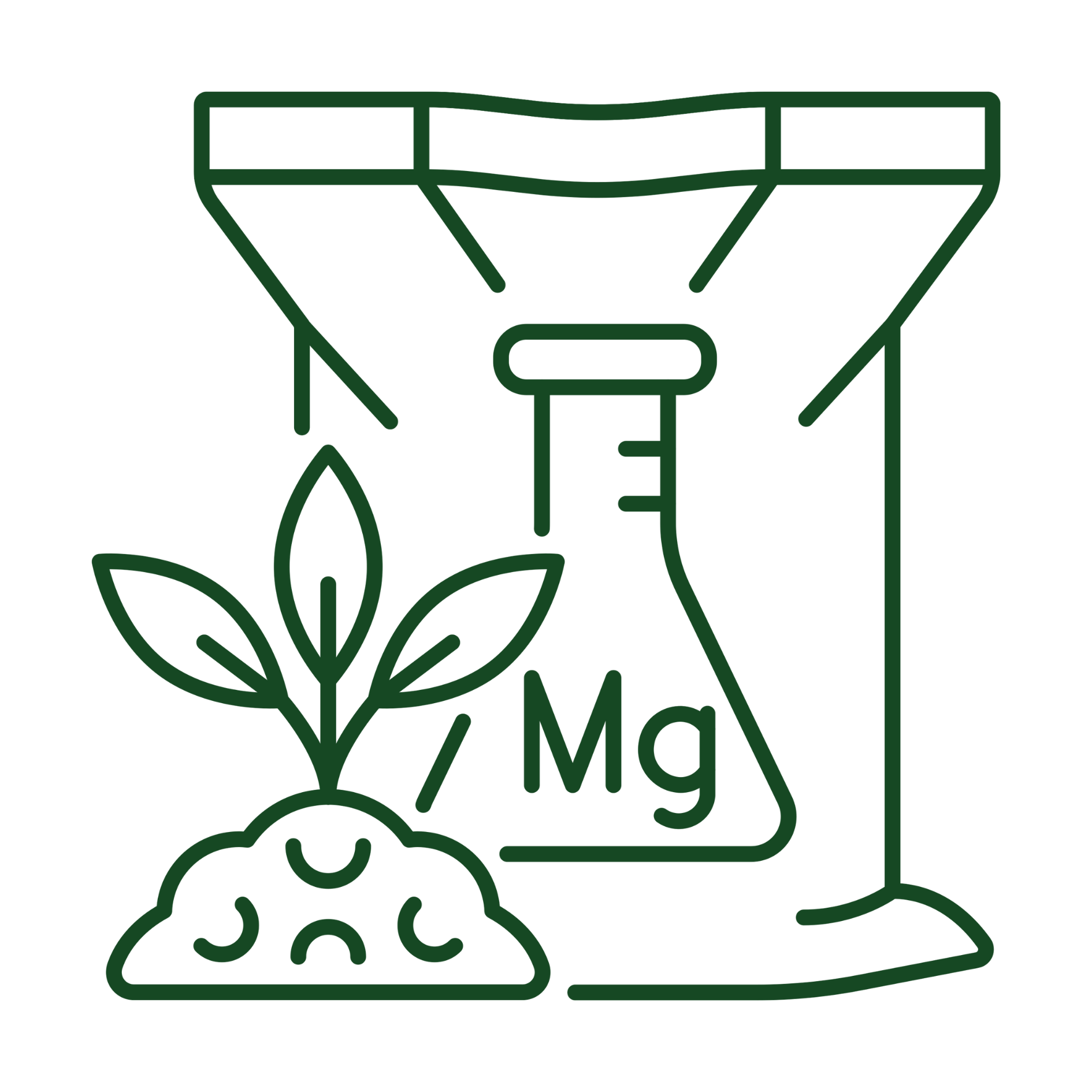
magnesium

potassium

protein

minerals

vitamins

fiber

magnesium

potassium
Different
Types
There are different varieties of pigeon peas, each with its own unique characteristics in terms of size, color, and taste. The most common types include the Congo pea, Puerto Rican gandul, and the Indian arhar/toor dal.
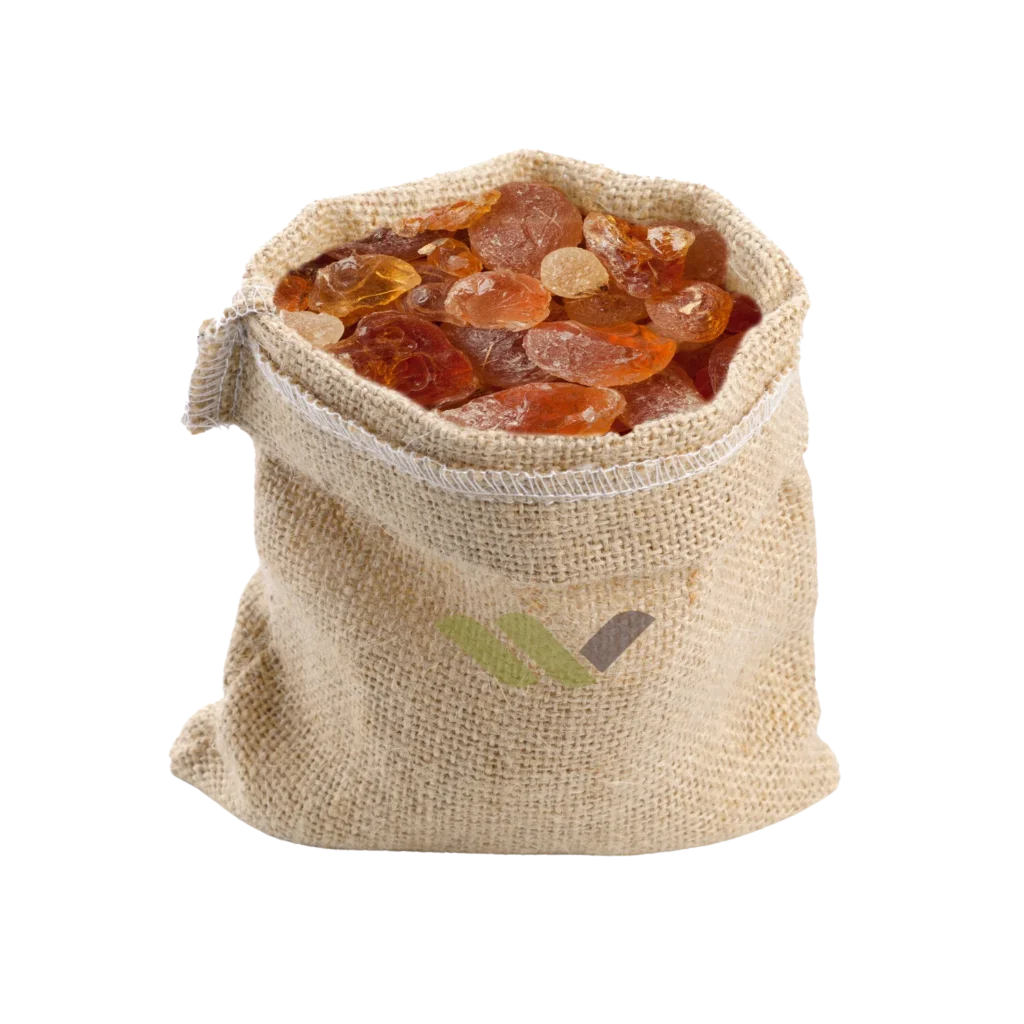
Gum Arabic
Gum Arabic, also known as acacia gum, is a natural substance derived from the sap of certain types of Acacia trees. It has been used for various purposes for centuries.
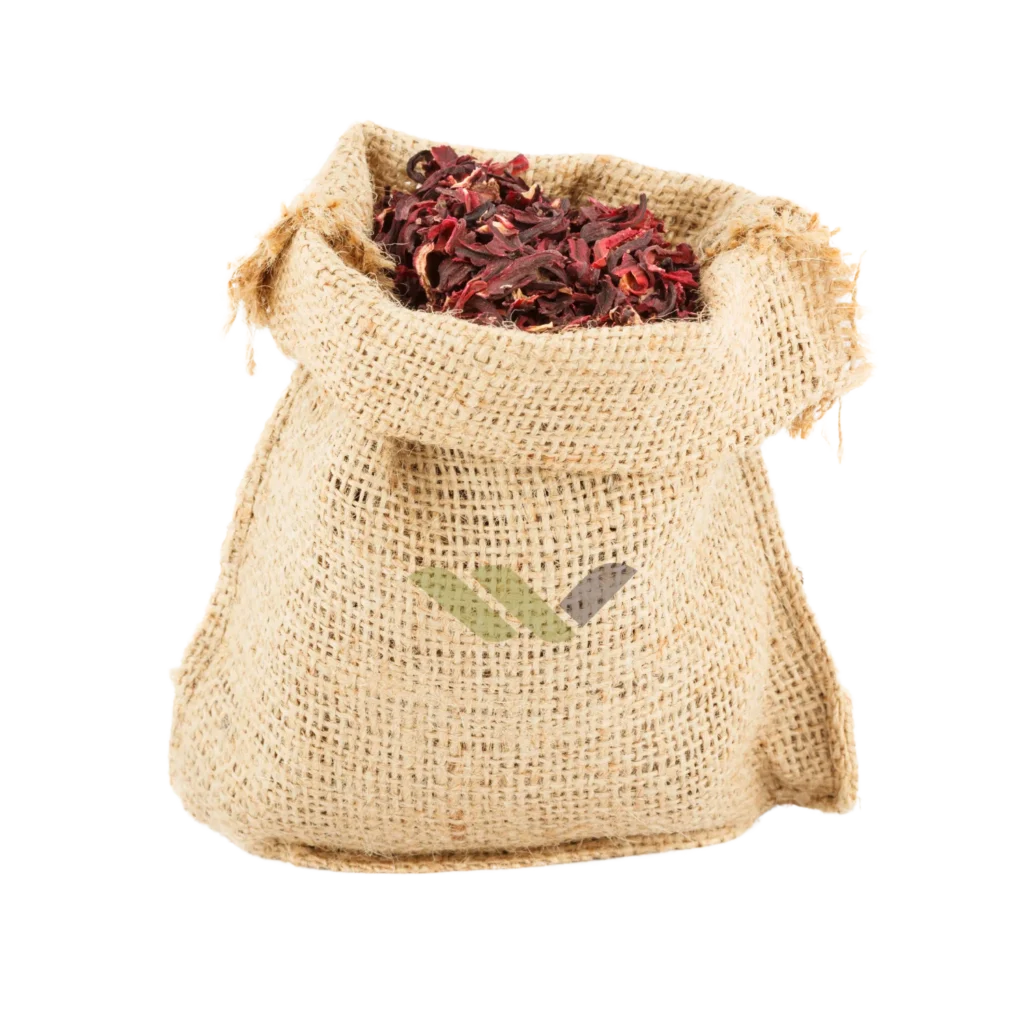
Hibiscus
Hibiscus is a flowering plant known for its vibrant and showy blossoms. It belongs to the Malvaceae family and is native to warm temperate, subtropical, and tropical regions around the world.
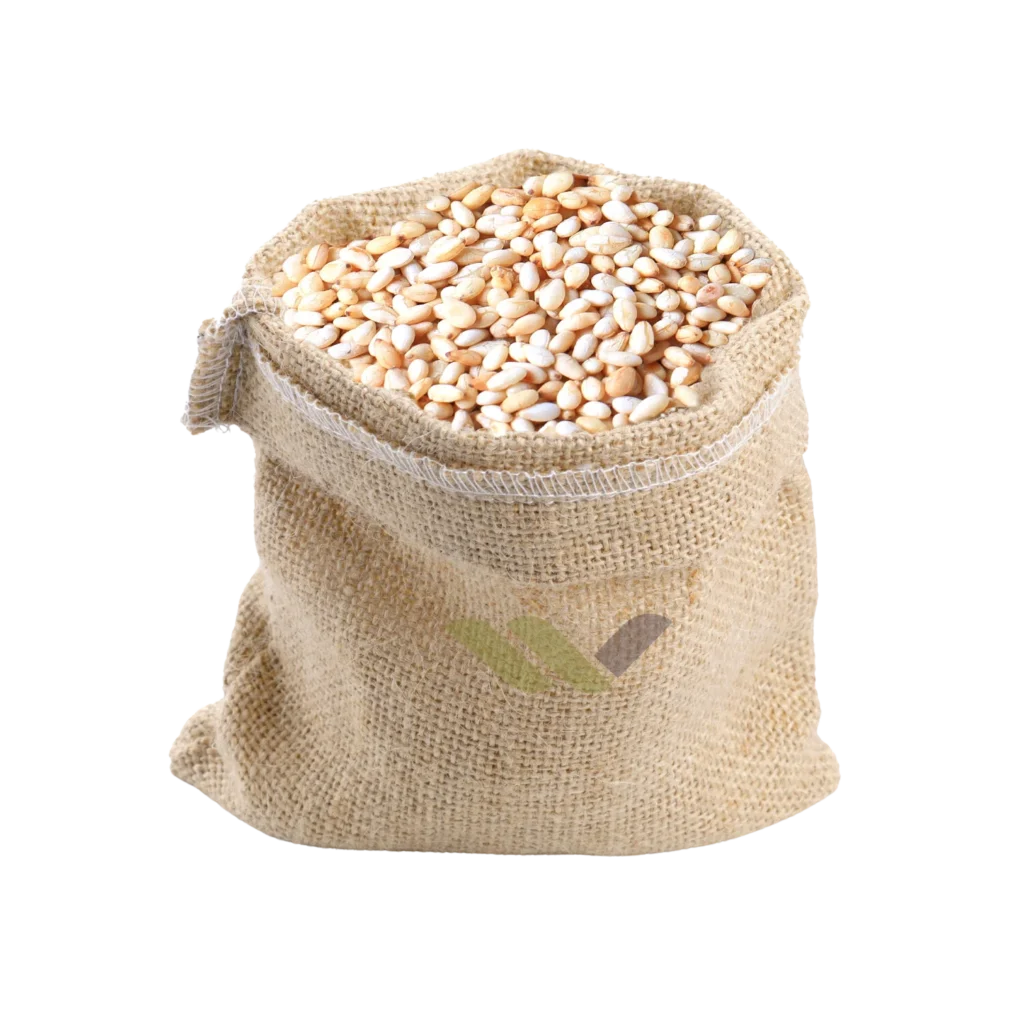
Sesame seeds
Sesame seeds are small, flat seeds that come from the sesame plant. They have a nutty flavor and are used in various cuisines around the world.

Soybean
Soybeans are small, oval-shaped legumes that belong to the pea family. They are native to East Asia and have been cultivated for thousands of years.
We are on the world
We specialize in exporting and importing grains, oilseeds, and pulses.
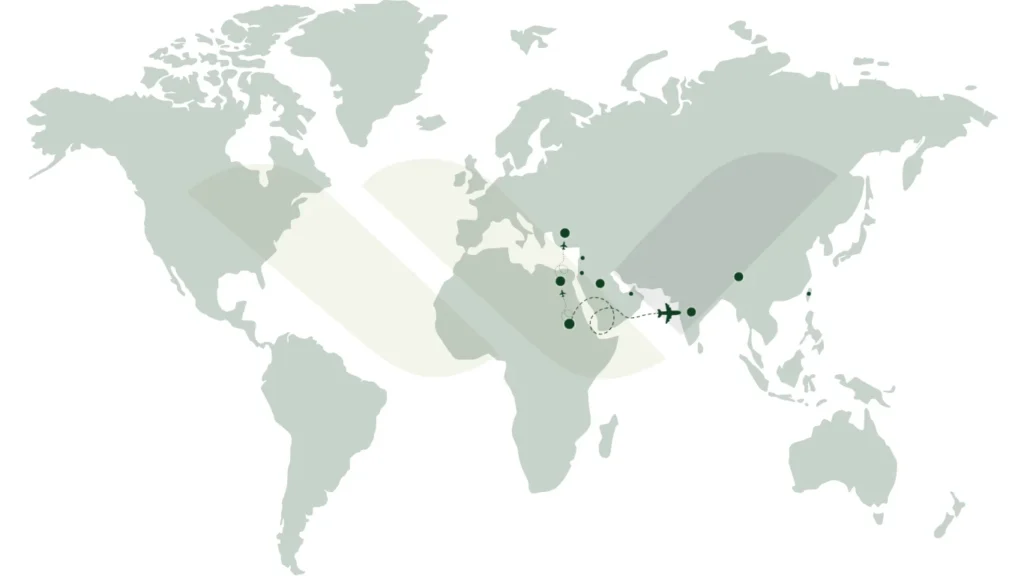

2015
Establish Office in Dubai

2018
Started importing from six different countries

2020
Started exporting to ten different countries

2023
Launching a food product brand called Nasaym

2015
Establish Office in Dubai

2018
Started importing from six different countries

2020
Started exporting to ten different countries

2023
Launching a food product brand called Nasaym
